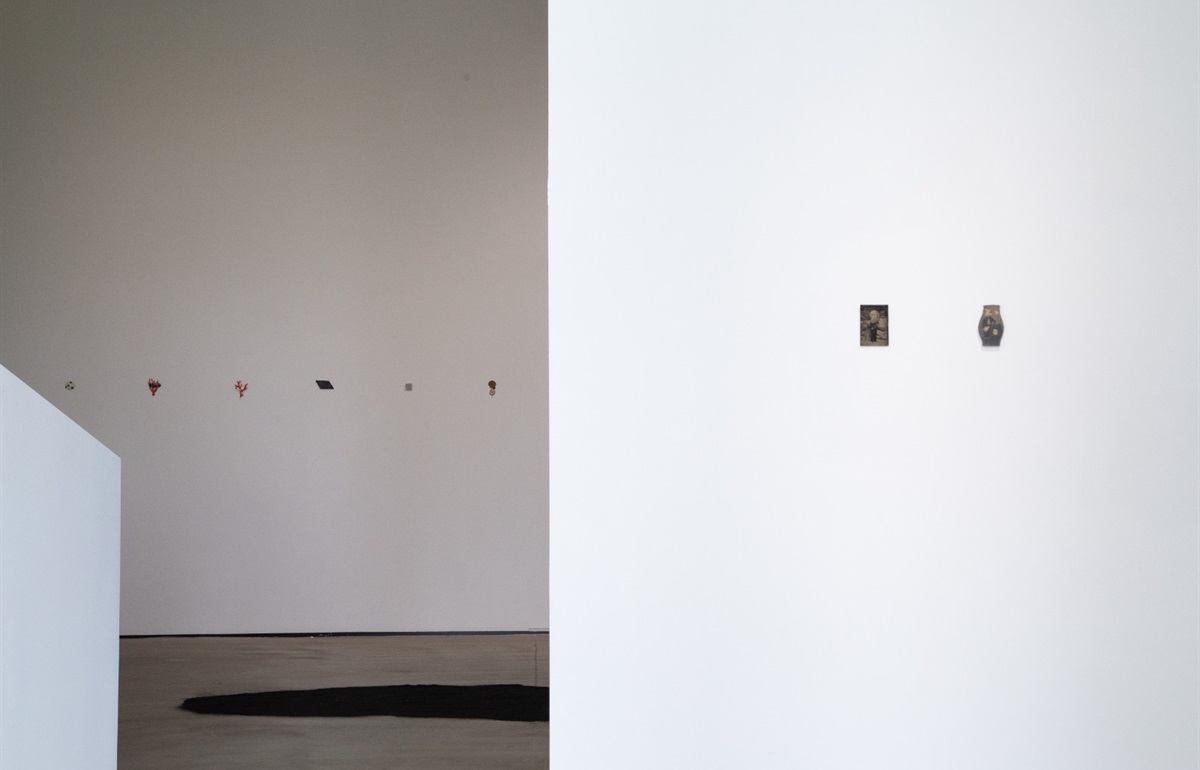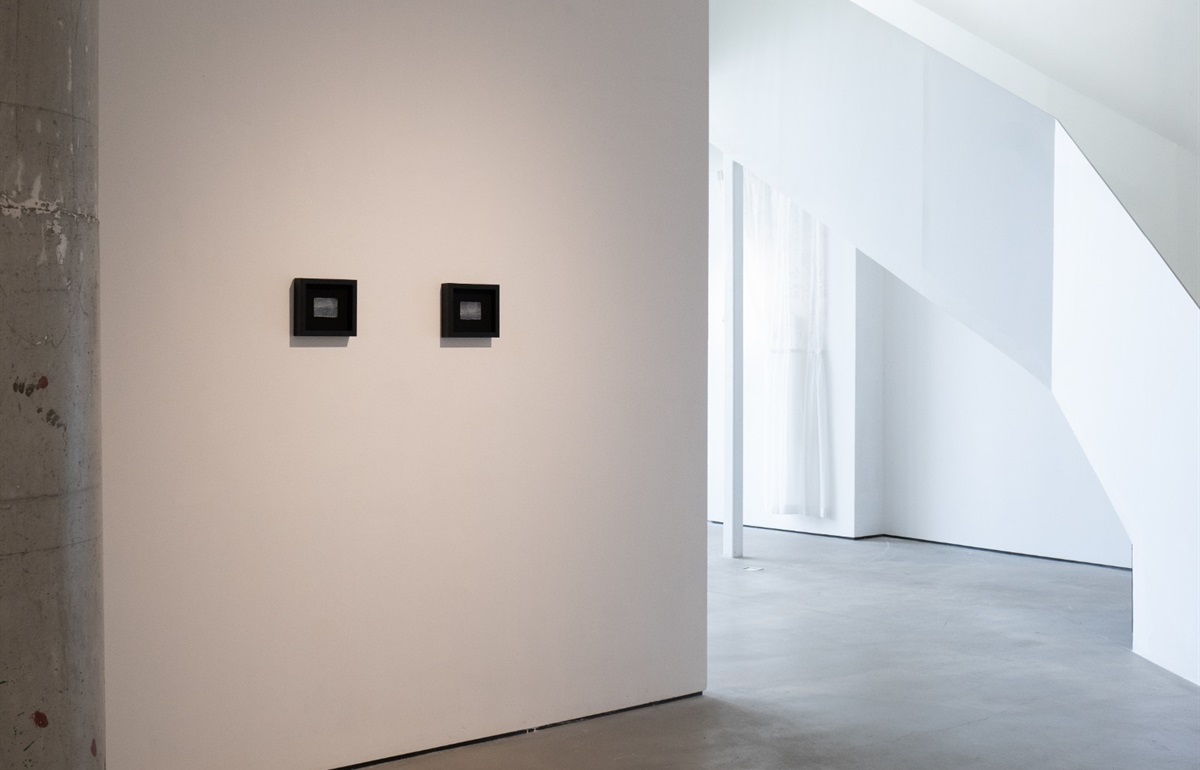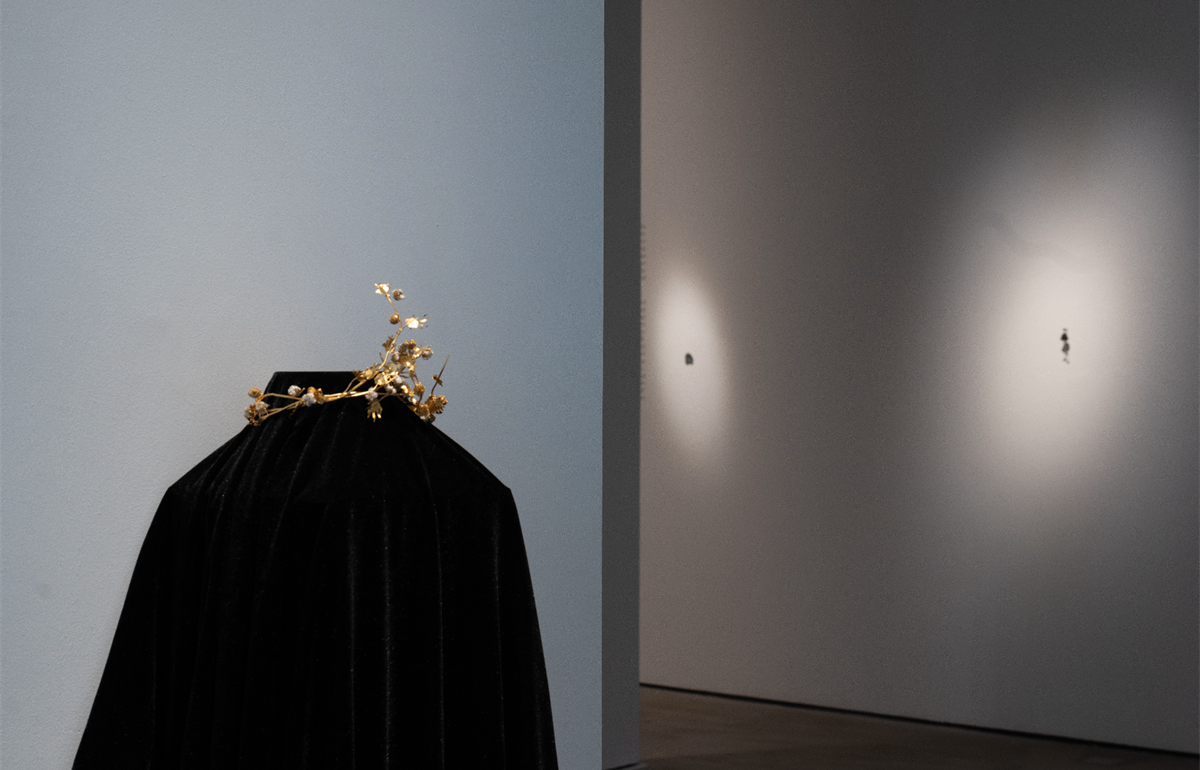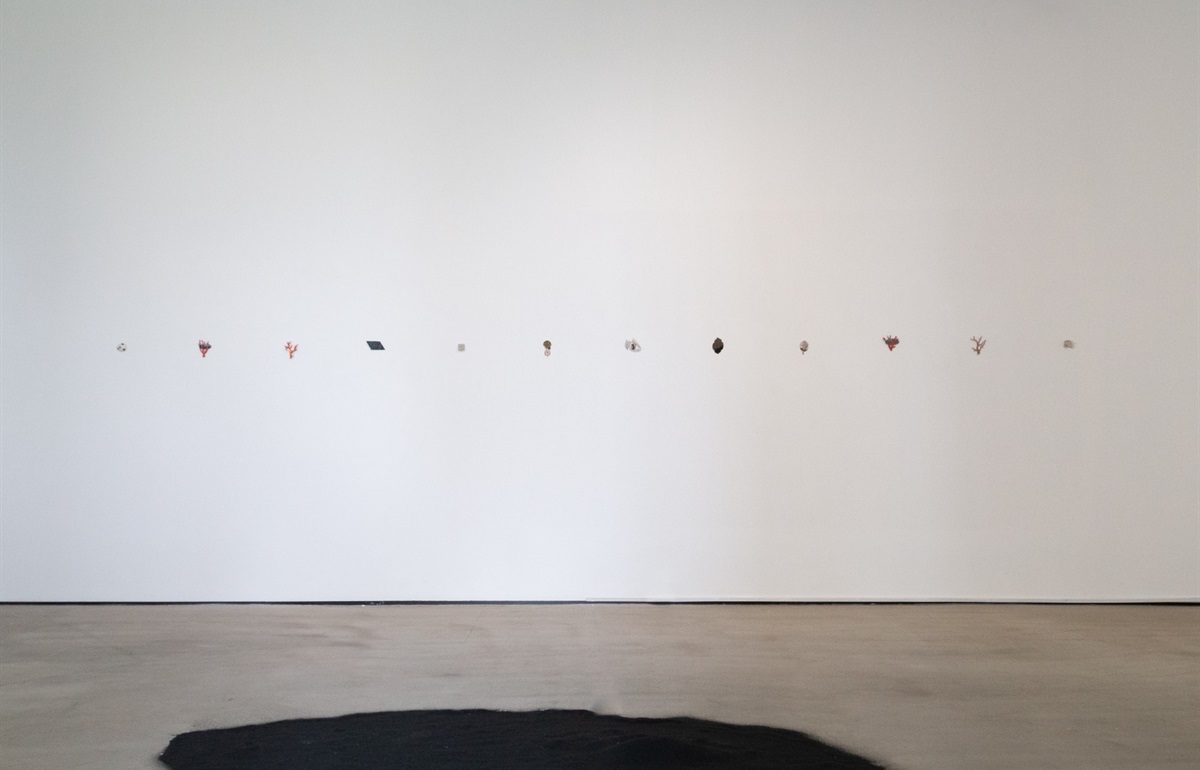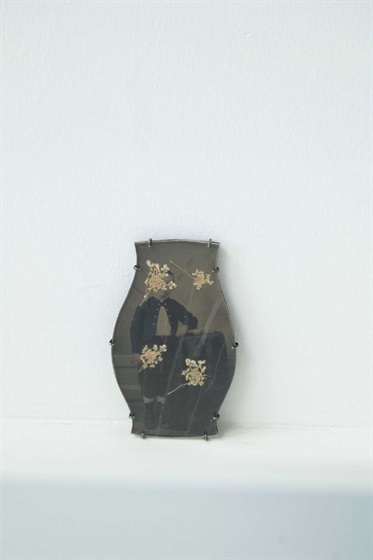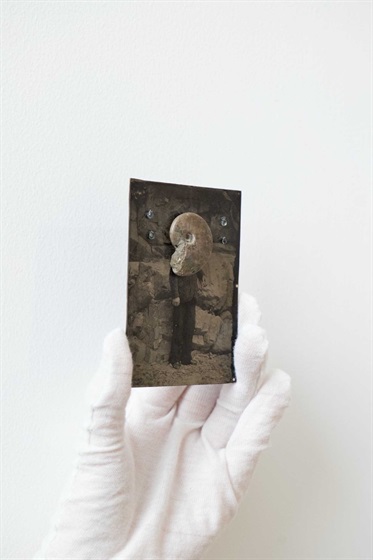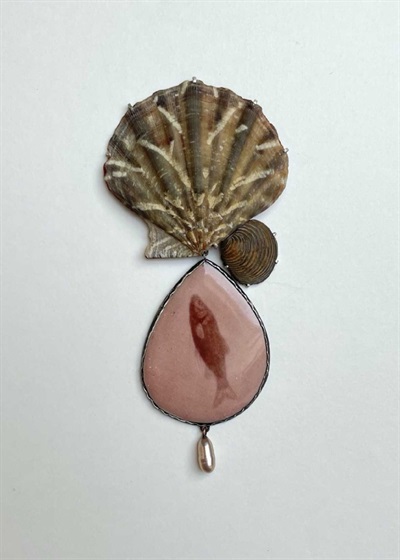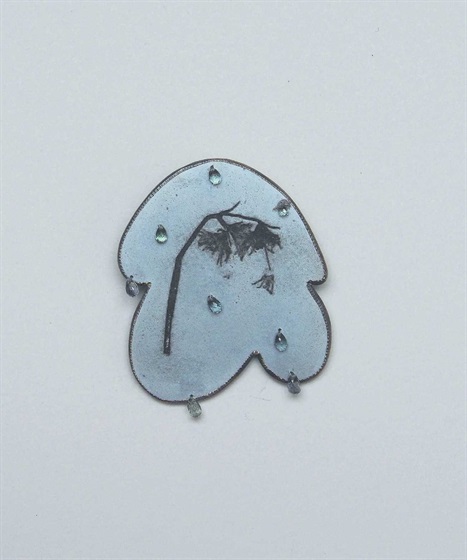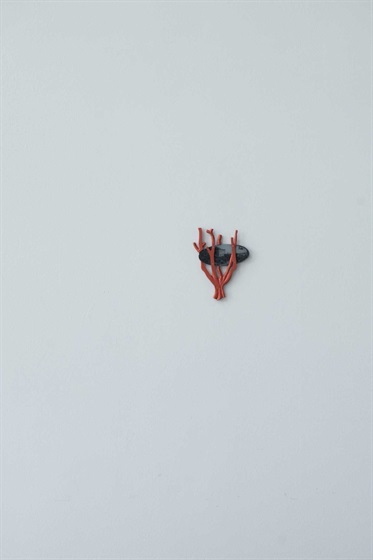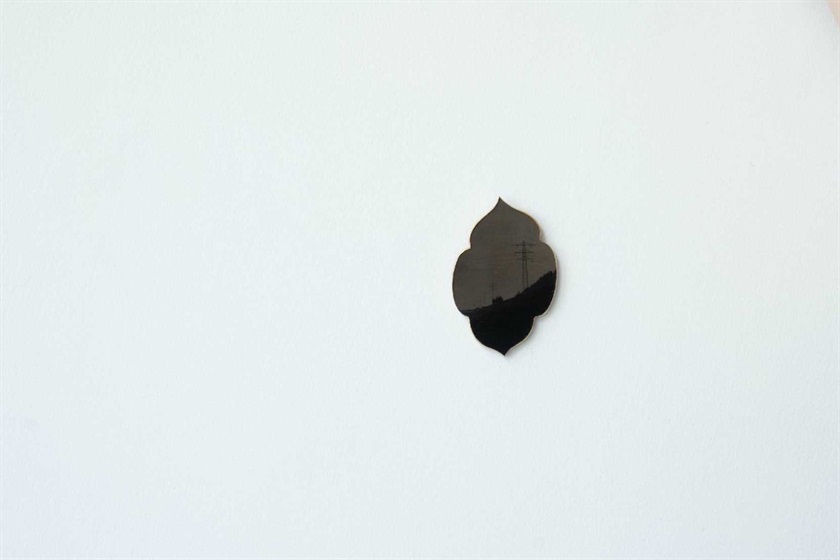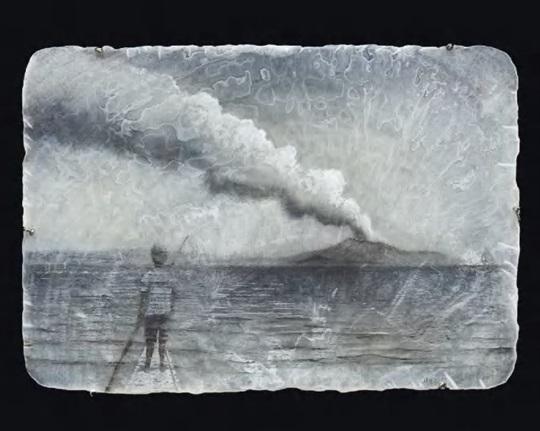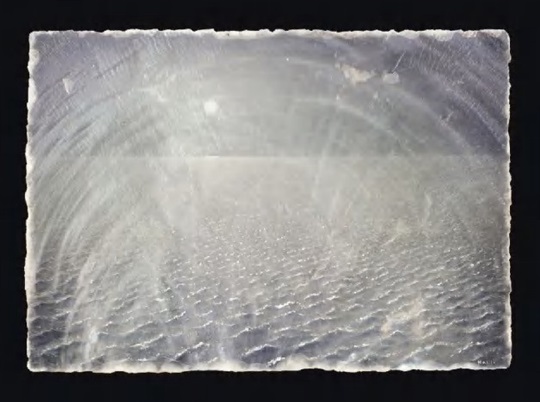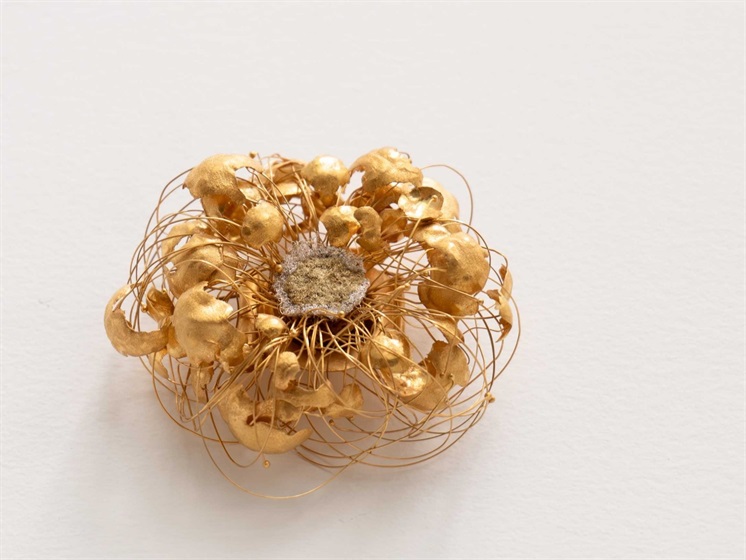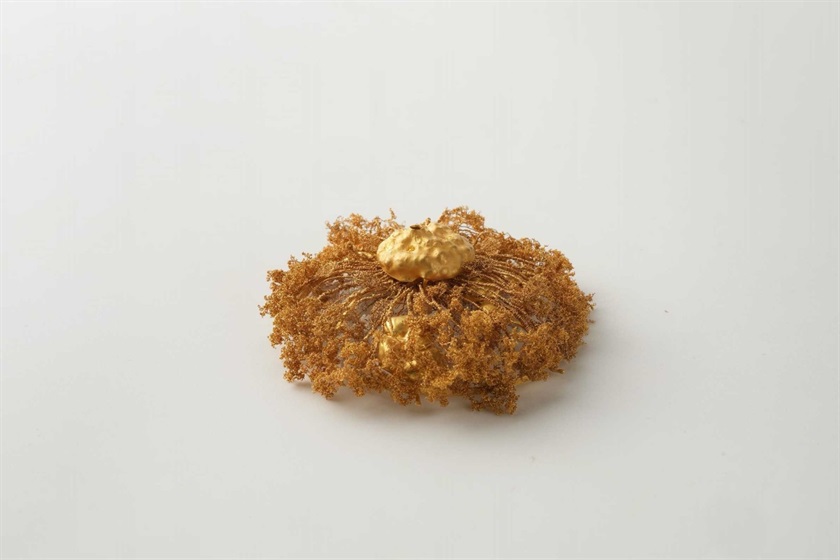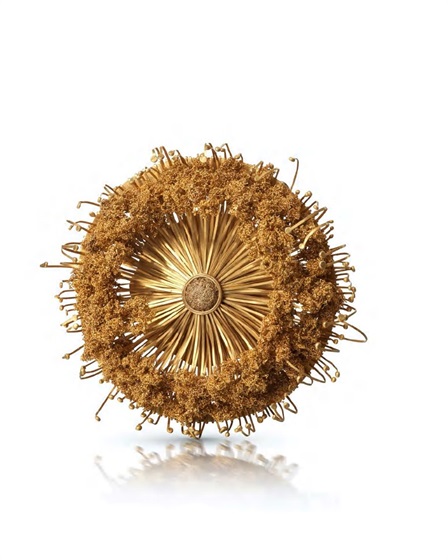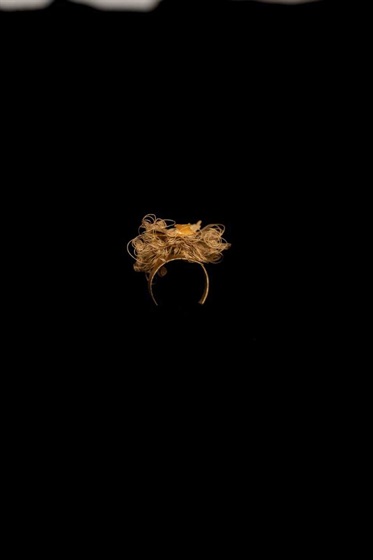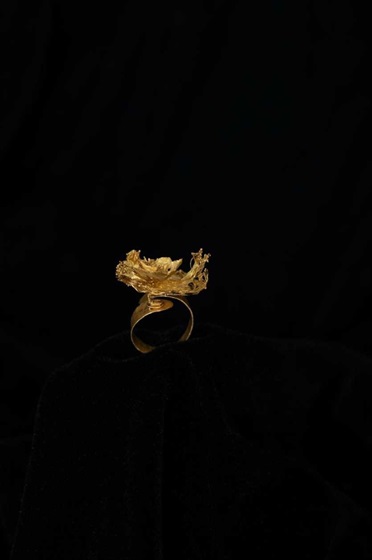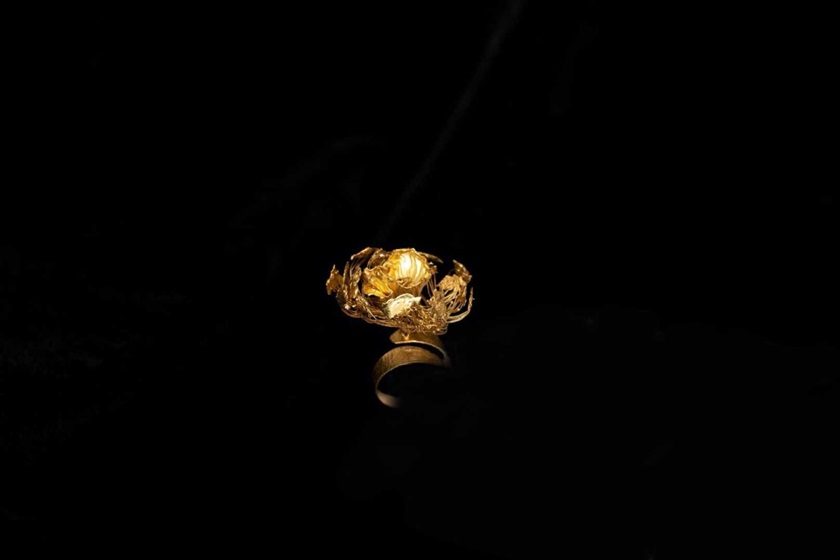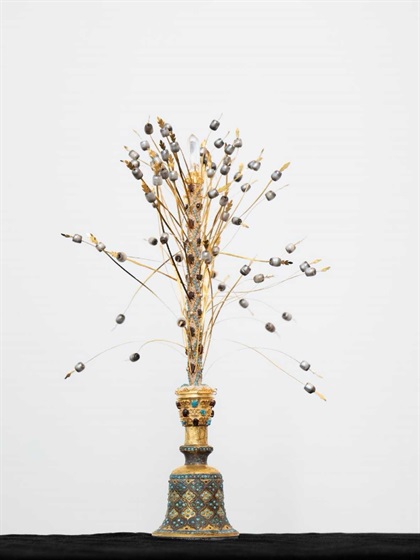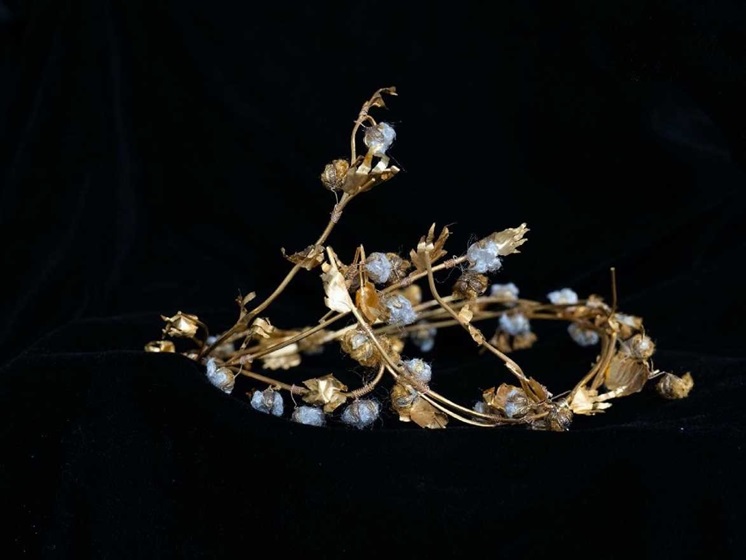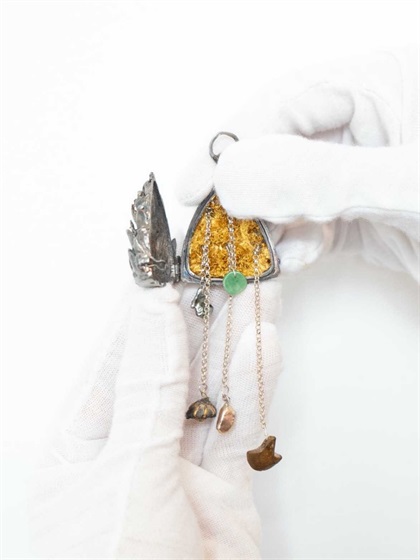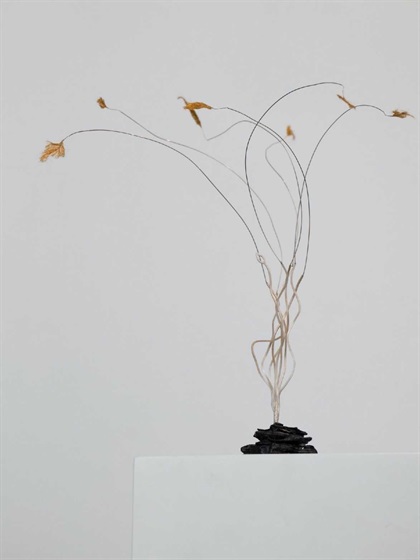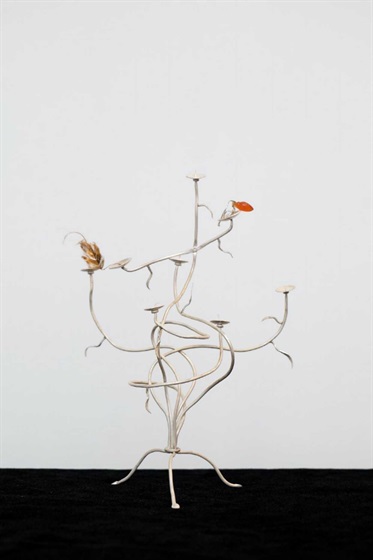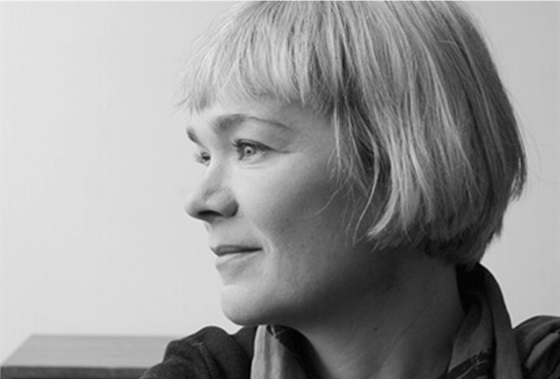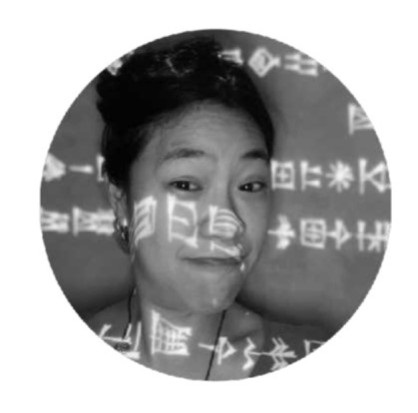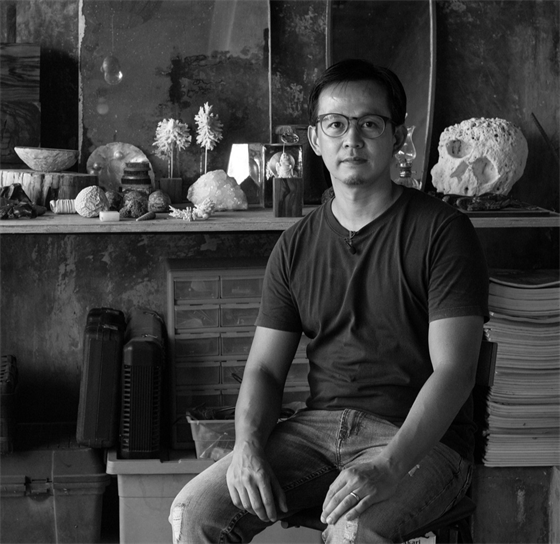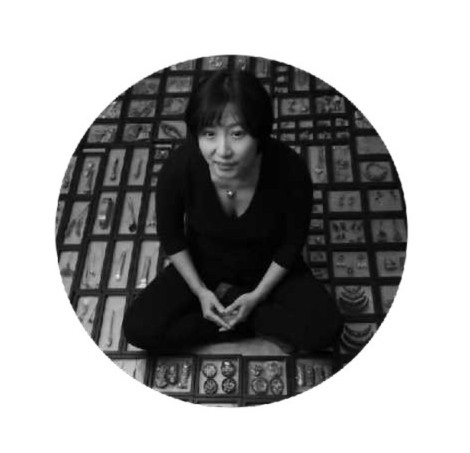The term “concomitant” refers to a mutually constructive relationship between two different species, where the two coexist independently yet are companionable and dependent on each other.
The presence of symbiosis plays a crucial role in the persistence of the natural environment, the stability of biological communities, and the balance of ecological diversity. It also allows us to perceive the existence of life from another perspective: not as isolated entities but as intricately intertwined and interwoven with one another.
This exhibition starts from everyday objects around people, such as seashells, pearls, corals, precious metals, old photographs, and other items intimately connected with artists, to observe how artists from different cultural contexts inherit memories, explore techniques, and expand the inherent cultural attributes of materials. These objects accompanied and attached to the human body, often generating additional identity symbols and even spawning more content that mutually corroborates with the subject. For example, jade jewelry, a symbol of kingship, can endow a person with a symbol of class differentiation like "king". At the same time, jewelry, as an “oppositional” reference for humans, is also one of the focuses of this exhibition. Through the techniques of separation and combination, corrosion and inlaying, the audience can experience the artists’ unique perspectives of intervention on objects. The exhibition also attempts to discuss how these intimate and wearable items, beyond the narratives assigned by individual subjects, are re-conceptualized in another objective identity.
Here, artists' exploration of "concomitant" progresses from simply expanding material attributes to gradually delving into constructing self-models and even models of the relationships between human civilizations. It is a process where individuals continuously examine their growth environment, using tangible material objects to express a series of abstract thought processes that symbiotically intertwine with each other.
German artist Bettina Speckner, with a background in painting, makes use of ancient method - ferrotype and photo-enameling techniques, combining metal-converted images with various objects, which then transforms ordinary photographs into one-of-a-kind gems. When inspiration strikes, she meticulously cuts the images and inlays them with a mixture of silver wire, aluminum strips, rock crystals, shells, or other minerals, as well as ubiquitous small components. Upon closer examination, you'll notice that the artist's observation method seems to stem from a painter's perspective—her jewelry pieces are rarely three-dimensional entities; everything happens on a two-dimensional plane. Simultaneously, her focus in recent years has been on the "Sea Bodies" series, where she conveys her understanding of Joseph Kosuth's artistic concepts through the combination of coral, coral images, and 3D-printed coral. Through the fusion of these elements with metal, she deconstructs the traditional cultural context of people's symbolic understanding and totem worship of coral.
Artist Chen Yunyun, who teaches at the China Academy of Art, focus her creations on the changing nature of natural objects amid the transition of civilizations, exploring the expansiveness of materiality based on the characteristic of jewelry being "worn". To her, jewelry is like a cocomitant with humans. Whether it is used to spiritually or ceremonially constrain personal behavior in objective circumstances, or it is worn comfortably, fitting closely to the human body, it should always be in a truly inseparable state of being "worn". Jewelry worn for a long time change because of humans, which further demonstrates the mutual influence and adaptation between humans and jewelry. In recent years, she has been focused on exploring the crafting techniques of extremely fine precious metal wires, attempting to find the ultimate flexibility akin to gold among heavy metals, even embodying the softness and rhythm of precious metals. This kind of extreme exploration allows traditionally heavy gold to visually exhibit an unexpected lightness. Meanwhile, keywords like "resilience" and "agility" are also prominently reflected in her recent exhibition series "Glamour and Poverty" and "Free Plants". These ordinary but symbolically resilient biomimetic plants also convey the artist's aesthetic speculation on contradictions.
Chinese jewelry artist Zhang Huimin, who obtained a master's degree from the Royal College of Art in the UK, focuses on the identity and inner strength of women. She metaphorically compares the breasts, often seen as symbols of femininity, to vibrant flowers. After enduring her friend’s struggles with illness and physical disabilities, Zhang captures moments of beauty in the flow of hair and gold, sculpting fragility into strength, showcasing inherent power. For Zhang Huimin, the irreplaceability of gold lies in its contrast with the ephemeral world—it is eternal with limitless possibilities, revealing resilience in its extreme manipulation. Her extensive study of ancient artifacts, such as granulation techniques and recent explorations into bronze corrosion and traces of patina, also leaves a deep impression. Immersed in book reading and museum studies, she firmly believes in the commonality among various crafts, seeing exploration and accumulation as catalysts for the advancement of other techniques. The artist continuously contemplates how to seamlessly blend various crafts without appearing burdensome and how to strike a balance between thematic concepts and wearable practicality in her dialogue with materials and design.
Philippine artist Gregory Halili specializes in miniature paintings. In his experiments with natural materials ranging from ivory to mother-of-pearl and Capiz shells, he polishes memories and life-and-death themes, using acid corrosion to render shells translucent and fragile, then meticulously blending them with his brushstrokes. Thus, he must balance the erosion and accumulation of external elements within the confines of tiny shells, much like the complexities of life. The artist draws inspiration from the fragility of life, observed in volcanic eruptions, coral reef fractures, and various extinctions in his homeland. He senses tender love in Lover's eyes adorned with pearls and diamonds, portrays skulls in Memento mori to remind of life's transience, and returns to the tranquil sea and ubiquitous seashells along coastlines. Here, the sacred and the mundane coexist within fading memories. These vast and diverse stories and emotions are recorded on small mother-of-pearl pieces, fragile carriers of extraordinary memories.
To borrow a passage from the American philosopher Donna J. Haraway's discussion of the mythic novel "Chthulucene," she writes: "The order is reknitted: human beings are with and of the Earth, and the biotic and abiotic powers of this Earth are the main story." In her narrative, the interdependence of nature and humanity is emphasized, as humans create diverse cultural products by shaping various elements of nature. For her, the foundation of symbiotic relationships lies in the respect for the irreducible differences in materiality itself, manifested in communication with non-human or other beings. Artists are born alongside materials in their diverse material practices, understanding, cognizing, and returning to themselves through interactive communication with minerals and organisms. In this ongoing concomitant process, deep communication and continuous action lead to a close connection between both parties, even becoming symbols of each other, thereby creating new entities and fostering cultural exchange, ultimately achieving speculative reflections process philosophy within an ever-evolving dynamic relationship.

